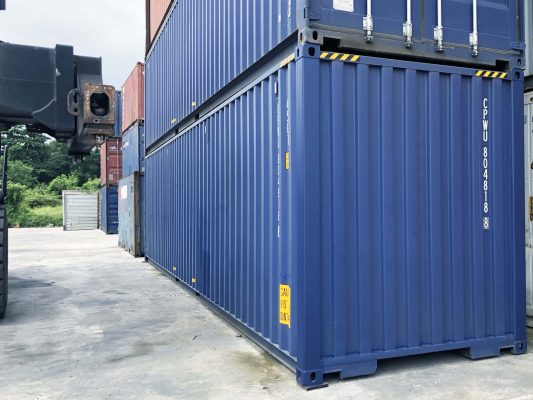Shipping Containers in Disaster Relief: A Rapid Housing Solution
Disasters—whether natural or man-made—can displace thousands of individuals in a matter of hours. As communities grapple with the aftermath of events like earthquakes, floods, hurricanes, and other catastrophic situations, the urgent need for housing and shelter becomes paramount. In recent years, shipping containers have emerged as an innovative and effective solution for rapid housing in disaster relief efforts. This article explores how shipping containers serve as adaptable and sustainable housing options during emergencies.
The Need for Immediate Housing Solutions
After a disaster strikes, traditional housing solutions often take time to implement. The existing housing stock may be damaged or destroyed, and new construction can take months or even years to complete. Furthermore, the process of securing permits, sourcing materials, and mobilizing labor can significantly delay the availability of safe and secure shelter. In contrast, shipping containers offer an immediate solution. These sturdy, transportable units can be quickly repurposed to provide safe, temporary housing for those affected by disasters.
Benefits of Using Shipping Containers
- Durability and Strength: Shipping containers are designed to withstand harsh conditions during transport, making them robust and resilient against adverse weather and seismic events. Their structural integrity provides a secure environment for residents, which is especially important in disaster-stricken areas.
- Mobility and Flexibility: Shipping containers can be transported easily by truck, train, or ship, allowing for rapid deployment to affected areas. This mobility means that humanitarian organizations can swiftly set up emergency housing where it is needed most, without the logistical challenges often associated with traditional construction.
- Cost-Effectiveness: Utilizing shipping containers can significantly reduce housing costs in disaster relief efforts. They are often available at a fraction of the price of building new structures. This cost-effectiveness allows organizations to allocate funds to other critical areas, such as food, medical supplies, and long-term recovery efforts.
- Sustainability: Many shipping containers are repurposed from their original use, contributing to sustainability efforts by recycling materials that would otherwise go to waste. Additionally, containers can be modified with insulation, solar panels, and water collection systems, making them more environmentally friendly and self-sufficient.
Real-World Applications
Several organizations and governments have successfully implemented shipping containers as housing solutions in disaster relief situations:
- Hurricane Katrina (2005): Following the devastating hurricane, shipping containers were transformed into temporary homes for displaced families. These units were modified with windows, doors, and insulation to create livable spaces quickly.
- Haiti Earthquake (2010): In the aftermath of the earthquake, shipping containers were utilized to provide immediate shelter for thousands of displaced individuals. Organizations like the UN and Habitat for Humanity employed these containers as part of their rapid response efforts, converting them into multi-family housing units.
- Typhoon Haiyan (2013): The Philippines faced widespread destruction after Typhoon Haiyan. Shipping containers were deployed as emergency housing solutions, offering a quick and effective way to shelter families while they began the long process of recovery.
Challenges and Considerations
While shipping containers present numerous advantages, there are also challenges to consider:
- Regulations and Permitting: Depending on the location, there may be zoning laws and building codes that affect the use of shipping containers as housing. Humanitarian organizations must navigate these regulations to ensure compliance.
- Adaptation to Climate: Shipping containers can become extremely hot or cold, depending on the climate. Proper insulation and ventilation must be incorporated to make these units comfortable for residents.
- Community Acceptance: Local communities may have mixed feelings about shipping containers being used for housing. Engaging with community leaders and residents can help foster acceptance and ensure that solutions meet their needs.
Conclusion
As the frequency and intensity of disasters continue to rise, innovative solutions are essential to address the urgent need for housing and shelter. Shipping containers offer a versatile, cost-effective, and rapid response option for disaster relief efforts. Their ability to be quickly deployed, modified, and transported makes them an ideal solution for providing immediate shelter to those affected by crises. With thoughtful planning and adaptation, shipping containers can play a crucial role in rebuilding communities and restoring hope in the aftermath of disaster. As we look to the future, embracing this approach could revolutionize how we respond to humanitarian crises, ensuring that no one is left without a home in their time of need.


